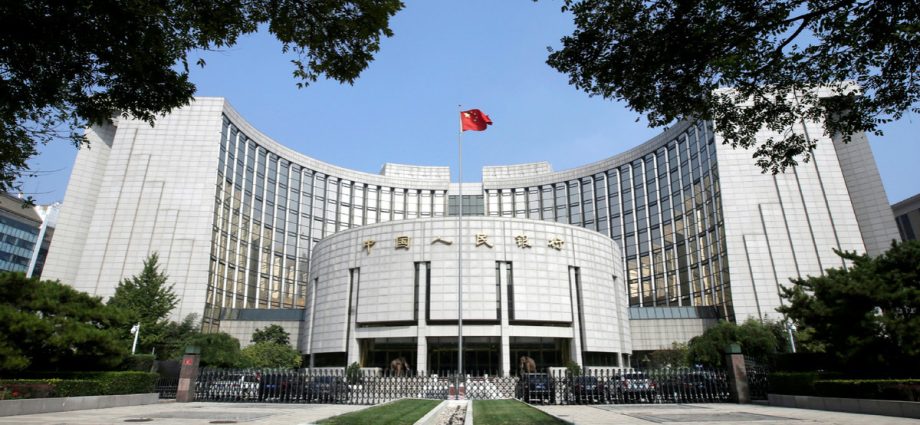
China’s central bank has just set out a series of monetary stimulus measures aimed at reviving its slowing economy, which has been plagued by a weakening property market, declining business investment, and alarming levels of youth unemployment.
These proactive steps will hold significant appeal to international investors, as they not only address the internal challenges faced by China, but also create a more favorable environment for foreign investments.
International investors are drawn to China’s monetary stimulus measures because of the potential for revitalizing the country’s economy.
By addressing these challenges head-on, the Chinese government demonstrates its commitment to maintaining economic stability and growth. International investors are likely to view this as an opportunity to participate in China’s recovery, making it an attractive prospect for capital deployment.
The People’s Bank of China’s decision to lower the interest rate on its one-year loans, or medium-term lending facility, is a critical component of the monetary stimulus package.
The 10-basis-points reduction, the first since August, is expected to prompt commercial banks to lower their lending rates as well. This move indicates a shift to an easing mode after the economy lost momentum following the initial post-pandemic surge in the first quarter.
International investors are likely to be enticed by China’s easing monetary policy. Lower interest rates provide favorable conditions for investment, making it more attractive for foreign businesses and individuals to access credit.
The reduction in borrowing costs encourages capital flow, driving economic activity and increasing the potential returns on investments. This shift to an easing mode signals China’s commitment to creating a more foreign-business-friendly environment.
In addition, the economic challenges faced by China present opportunities for global investors to enter the market at potentially advantageous prices.
The weakening property market, for example, could present attractive opportunities for real estate investments or acquisitions. Additionally, the slump in business investment may create openings for foreign investors to provide much-needed capital and expertise to struggling sectors, fostering long-term partnerships and growth.
Overseas entities are also likely to appreciate China’s commitment to job creation and addressing youth unemployment within the nation’s vast workforce.
It won’t go unnoticed by the global investment community that China’s central bank is now showcasing its commitment to economic stability and growth. The reduced lending rates and easing monetary policy provide an attractive investment environment, and will further pique international interest in participating in China’s recovery.
The PBOC’s announcement follows Beijing’s new, bold plans to bolster China’s economic growth and international relations that were set out in December’s Central Economic Work Conference (CEWC).
Back then, I wrote for Asia Times that “we fully expect that they are now positioning themselves to seek out opportunities to create and build wealth by increasing exposure in their portfolios to the People’s Republic and its US$17 trillion economy – many perhaps for the first time since the beginning of 2020.”
These measures by the central bank further support this assumption and not only present investment opportunities, but also facilitate long-term partnerships and contribute to China’s economic resilience on the global stage.
Nigel Green is founder and CEO of deVere. Follow him on Twitter @nigeljgreen.

